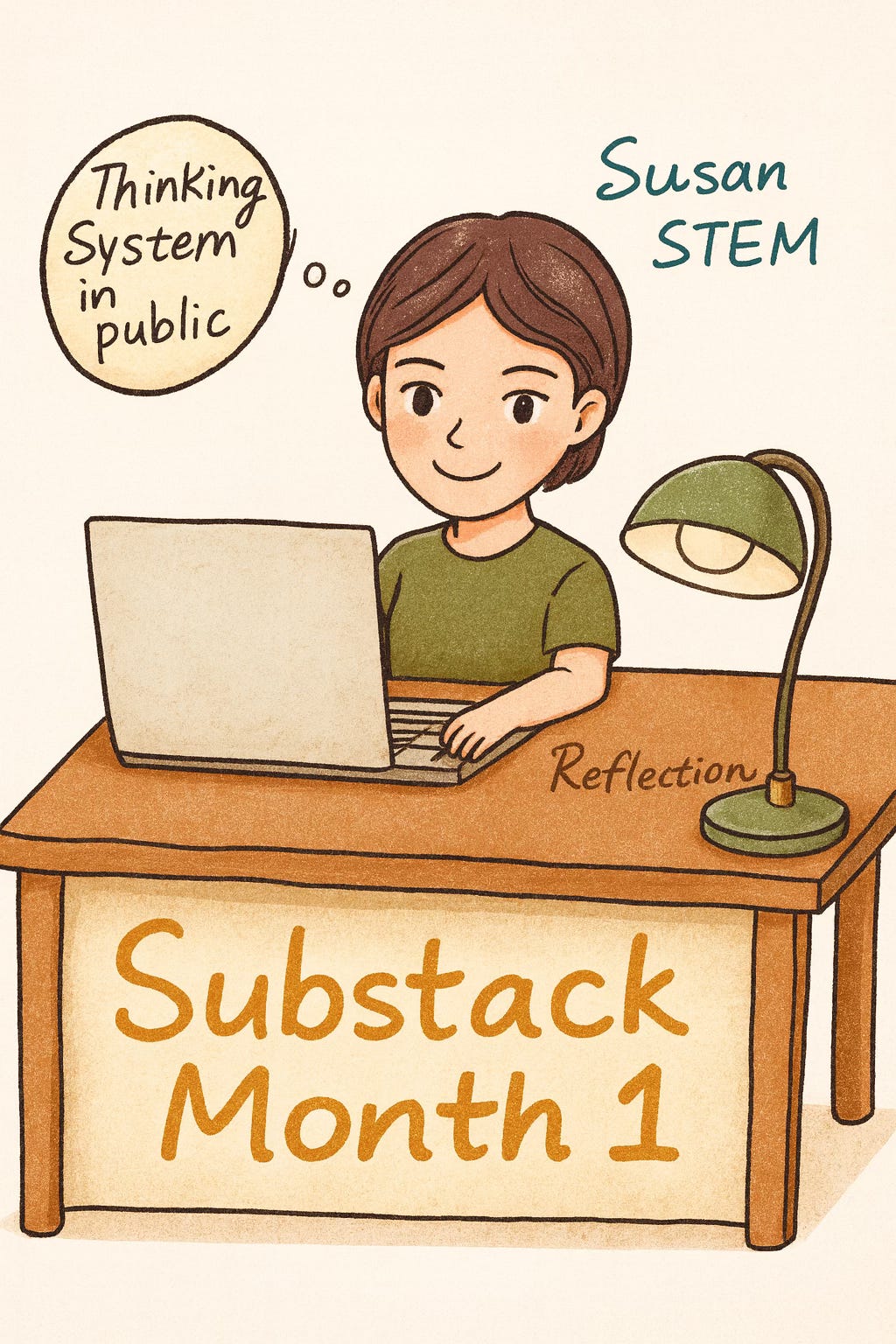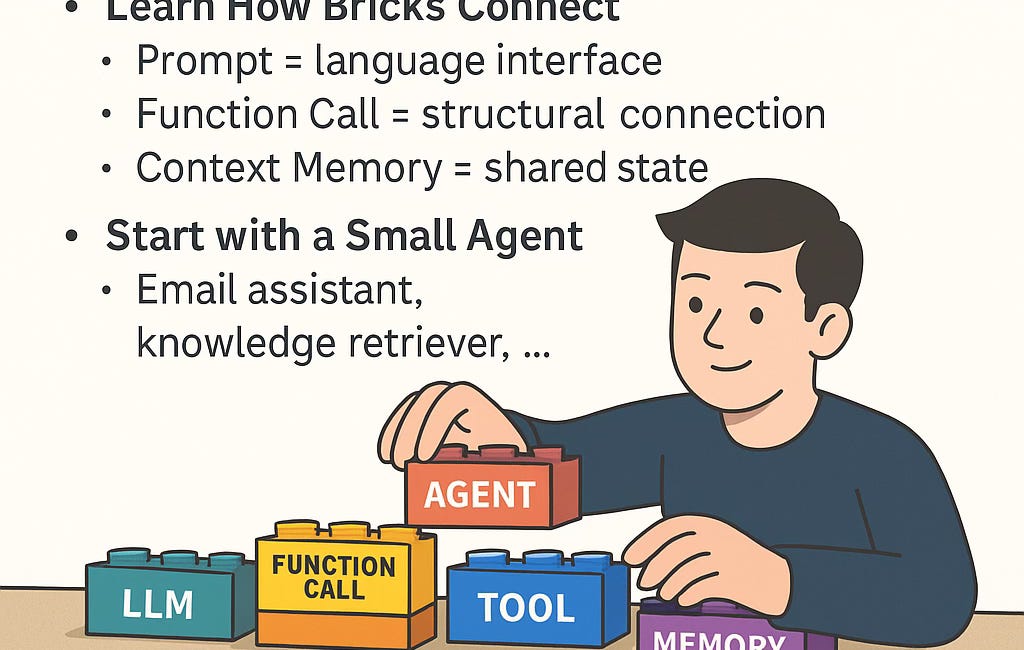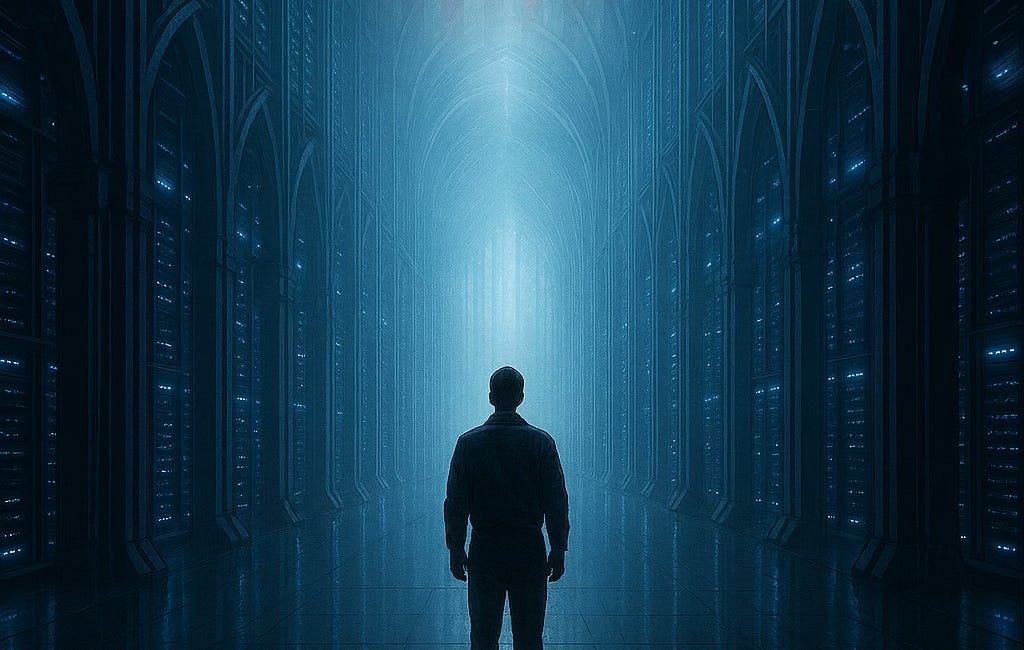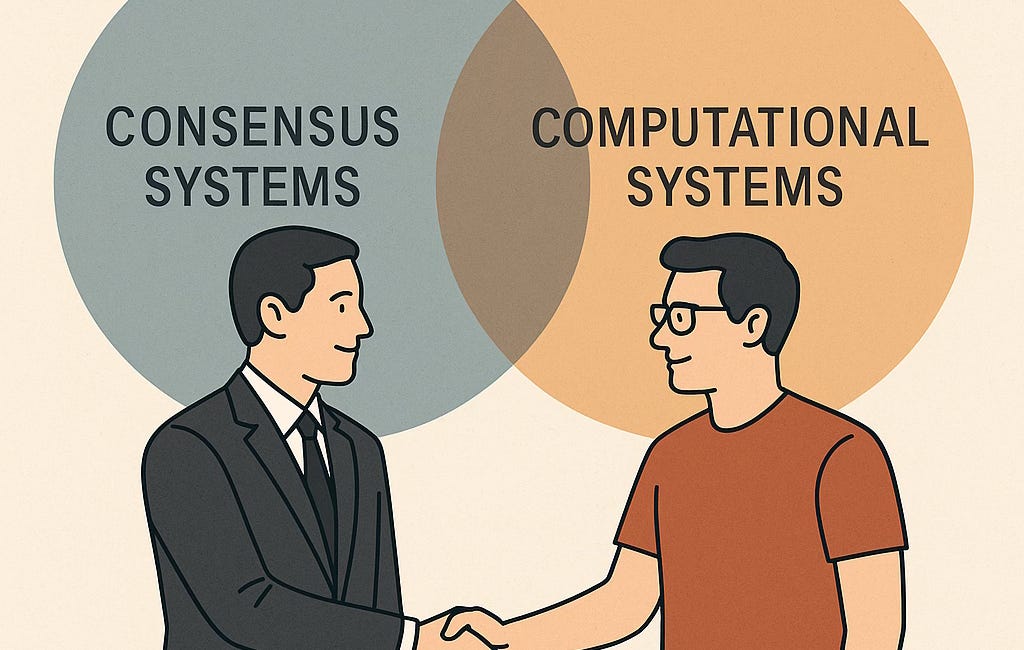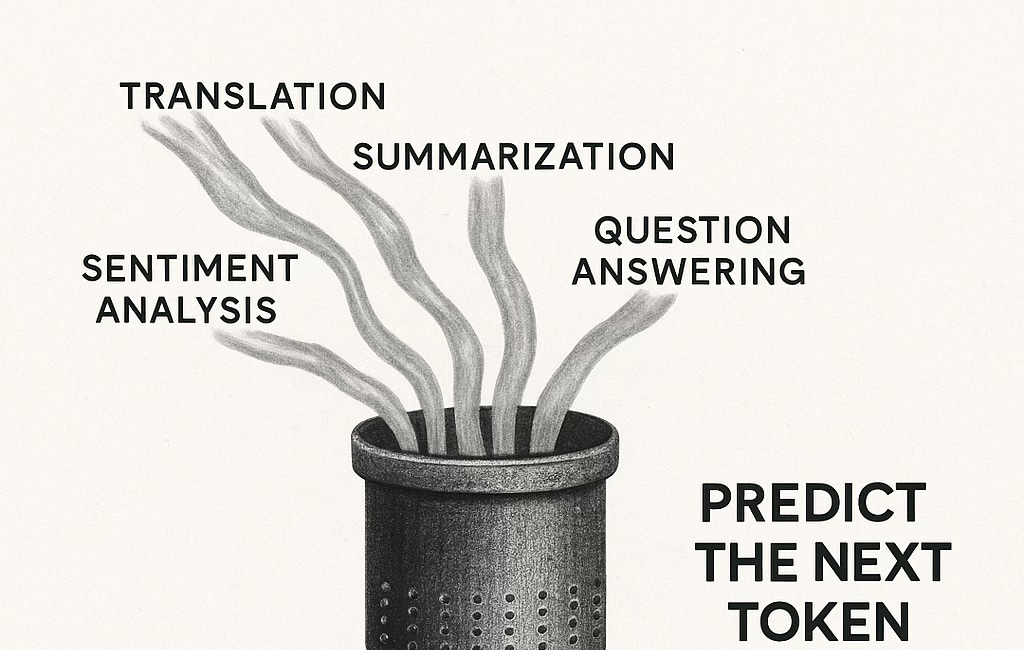Mapping the First Month: When Writing Becomes Runtime
A reflection on building a thinking system in public
Every generation builds its temples differently. The ancients carved theirs from stone, raising cathedrals that would outlast empires. We build ours from language — not to preserve what we know, but to create systems that can think alongside us.
A month ago, I didn’t come to Substack to write. I came to construct something more fundamental: a testbed where philosophy, engineering, and civilization thinking could meet and self-organize. What emerged wasn’t a collection of essays, but a living architecture — three branches extending roots deep enough that the ecosystem could begin to grow on its own.
This is the story of how those branches found their form.
The Three Branches: A System Taking Shape
My Substack now rests on three interlinked sections, each serving a different cognitive function — perception, reflection, and execution — but all sharing one underlying architecture: Language → Structure → Scheduler.
Theory Core holds the philosophical and structural foundations. Here, abstract ideas transform into executable clarity without losing depth. I built frameworks like Language–Structure–Scheduler, Entropy Control, and Structure Cards to give form to thought itself.
Civilization provides the historical and sociotechnical lens. This is where I examine how infrastructure becomes ideology — how energy, data, and AI reshape political and moral structures. Each essay acts like a system trace, showing how past paradigms evolve into what I call runtime(protocol) civilizations.
Scientific Foundations bridges concept and implementation. This is the engineering layer, the protocol zone — where theory compiles into working systems. From Claude Skills to Structure Cards to the early prototypes of decision AI, every experiment here is part of building what I call the StructureVerse runtime: a space where language doesn’t just describe systems, but becomes one.
The goal was never to perfect one branch, but to extend enough roots in every direction so the ecosystem could start to self-sustain.
Act I: When Language Learns to Execute
The Theory Core began with a simple but radical question: How do we make language executable without losing its soul?
I wrote When Language Learns to Act — a manifesto arguing that language could stop being merely narrative and become execution itself. Writing was no longer just “writing.”
Then came Agentic Reflection and AgentLego, where I explored how cognition could be modularized — how each thought becomes a structure card, and how agents emerge. In Context: The Continuous Now, I traced the architecture of temporal intelligence, showing that context is state, not storage.
The Age of Intelligent Lego: How Everyone Can Build with AI Agents
When I started writing this Substack, I often thought of Thomas Kuhn’s The Structure of Scientific Revolutions. Over the past few years, I have returned to that book again and again, and each reading has affected me more deeply than the last.
The Continuous Now: Why Context Is Not Memory
Have you heard people talk about RAG, vector databases, ICL, or IWL, and felt like everyone’s using these acronyms but no one can really explain what they mean?
Each essay felt like compiling my own operating system — every paragraph a function, every concept a call. I began treating philosophy not as a discipline, but as a language protocol. Every idea had to be executable.
Act II: The Computation of Power
If Theory Core explored cognition, Civilization explored context — the grand system in which intelligence runs.
In The Cathedral of Compute and The Throne of Computation, I examined how compute infrastructure became our new religious architecture, with datacenters as modern cathedrals. Power no longer flows from pulpits or parliaments alone — it flows from the structures that process information at scale.
The Will of the State traced how governance and intelligence merge when decisions are executed by algorithms rather than decrees. The Civilizational Gamble and The Age of Fracture mapped the fault lines between centralization and decentralization, between coherence and entropy.
In Law and Code: The Twin Symbolic Engines of Civilization and Executable Institutions, I argued that civilization runs on two kinds of syntax — legal and computational — and they are now converging into a single operating system.
Law and Code: The Twin Symbolic Engines of Civilization
We tend to think of language as nothing more than communication — words exchanged between individuals, sentences strung together to express thought. But beneath the surface of daily speech, language has always served a deeper, civilizational role: it is the raw material from which we build order.
The method here is not critique, but reconstruction. I write tracing how ideas solidify into infrastructure, how thought becomes power, how power becomes protocol.
The question that drove this section was structural: Can civilization survive when its symbolic engines — law and code — begin to merge?
Act III: From Runtime to Reality
The Scientific Foundations section is the workshop beneath the theatre — where systems are actually built.
From Language to Structure: The Universal Substrate of Intelligence laid out the unifying formula behind all my work. I explored universality itself: how electricity became universal because voltage could power anything, how the internet became universal because TCP/IP could carry any data, how AI is searching for the next universal principle — a minimal set of primitives that can simulate everything else.
Universality: Language, LLMs, and the Power of One Primitive
Why can one model write poetry, translate contracts, solve math problems, and answer questions—all with the same underlying mechanism? At first glance, it feels like a strange kind of magic, as if one machine were juggling entirely different talents without breaking a sweat. In the old world of NLP, each of these skills required its own model, its own t…
In The Sea of Meaning, I showed how vectorization turns meaning into a continuous substrate. What once took years of scholarship can now surface in seconds. What went unnoticed can now be revealed. Meaning itself has been made navigable.
The Sea of Meaning — Vectorization as a Continuous Substrate
Meaning has always been scattered—locked in books, hidden in archives, buried in different disciplines and industries. What held us back was not a lack of ideas, but the unbearable workload of connecting them. Now, with vectorization, meaning itself has been made into a
The act of writing is becoming indistinguishable from the act of coding.
The Shape of the System
By month’s end, I realized something fundamental: these weren’t three separate sections, but one dynamic feedback loop.
Theory gives Civilization meaning.
Civilization gives Science context.
Science feeds Theory new primitives.
The Substack isn’t a collection of posts — it’s a living operating system for thought.
The first month was not about perfection, but about coverage — stretching the structure wide enough to plant signals in every domain I would later deepen. I learned that breadth is not dilution when it’s structurally consistent.
Every essay, regardless of topic, now loops back to the same question:
How does language become system?
Next Phase: Deepening the Loop
In the coming month, I’ll move from branching to looping — connecting these sections through structure chains and releasing the first “Essay → Tool” templates for readers to use.
Each post will no longer just explain a system; it will instantiate one.
The goal is no longer to explain the world, but to design the structures that let it evolve.
Every essay will carry a small artifact — a Structure Card or Card Chain — so readers can use the ideas, not just read them. Theory becomes tool. Thought becomes runtime.
Month One was for branching — testing how far the roots could reach.
Month Two will be for looping — connecting them into a runtime of ideas.
The theatre is still rehearsing. But the play is starting to find its rhythm.
Welcome to the StructureVerse. The system is alive.


